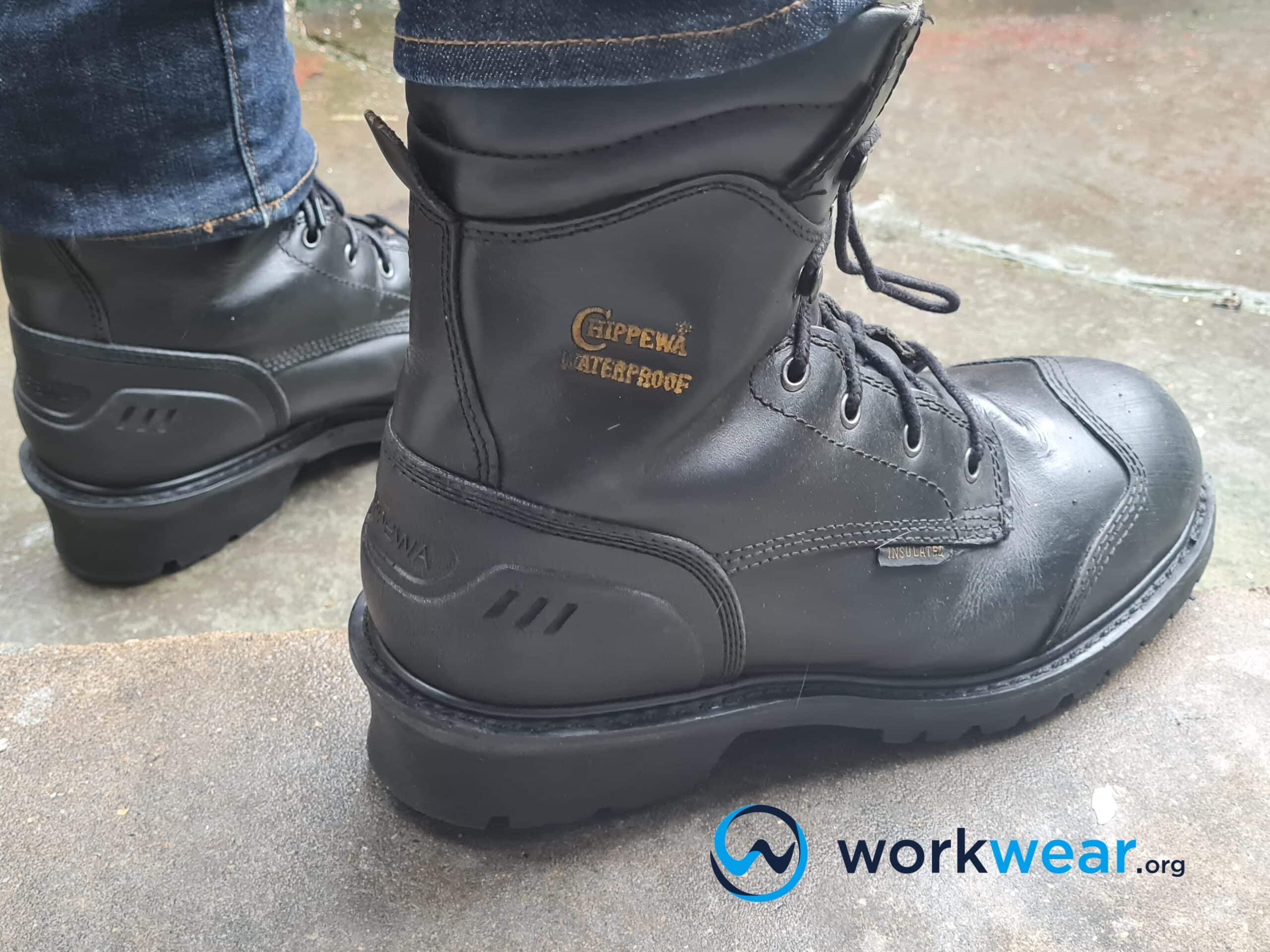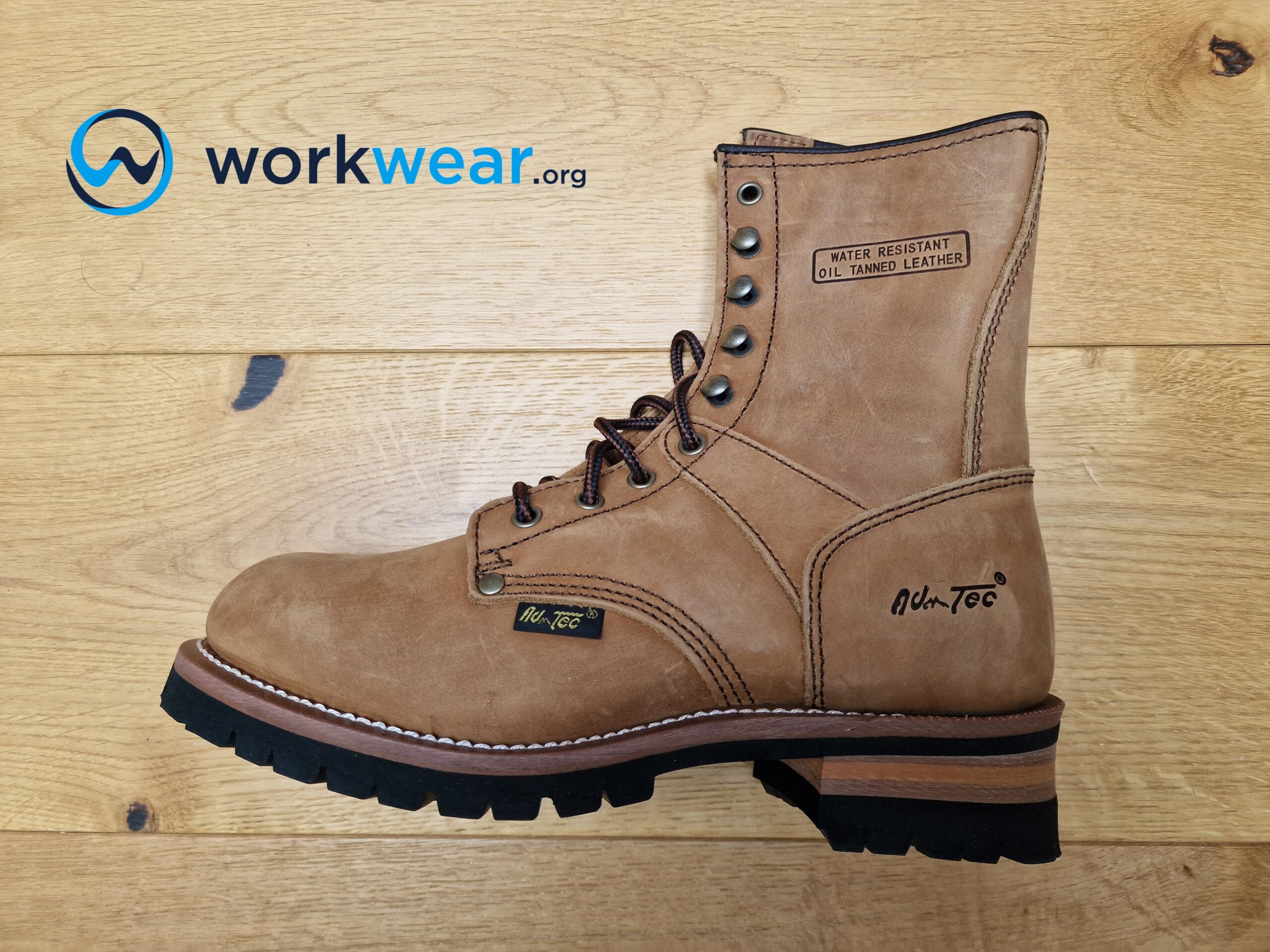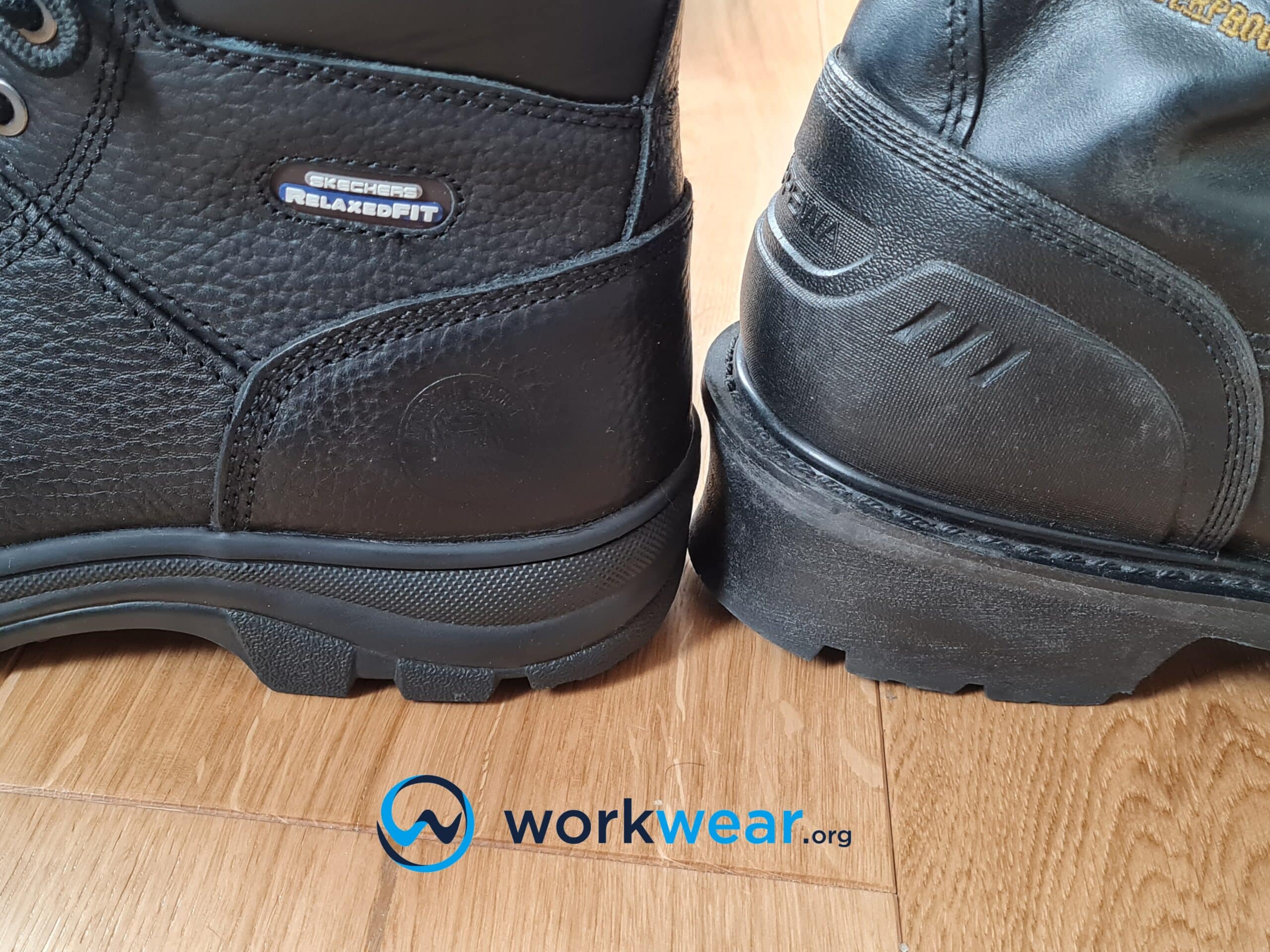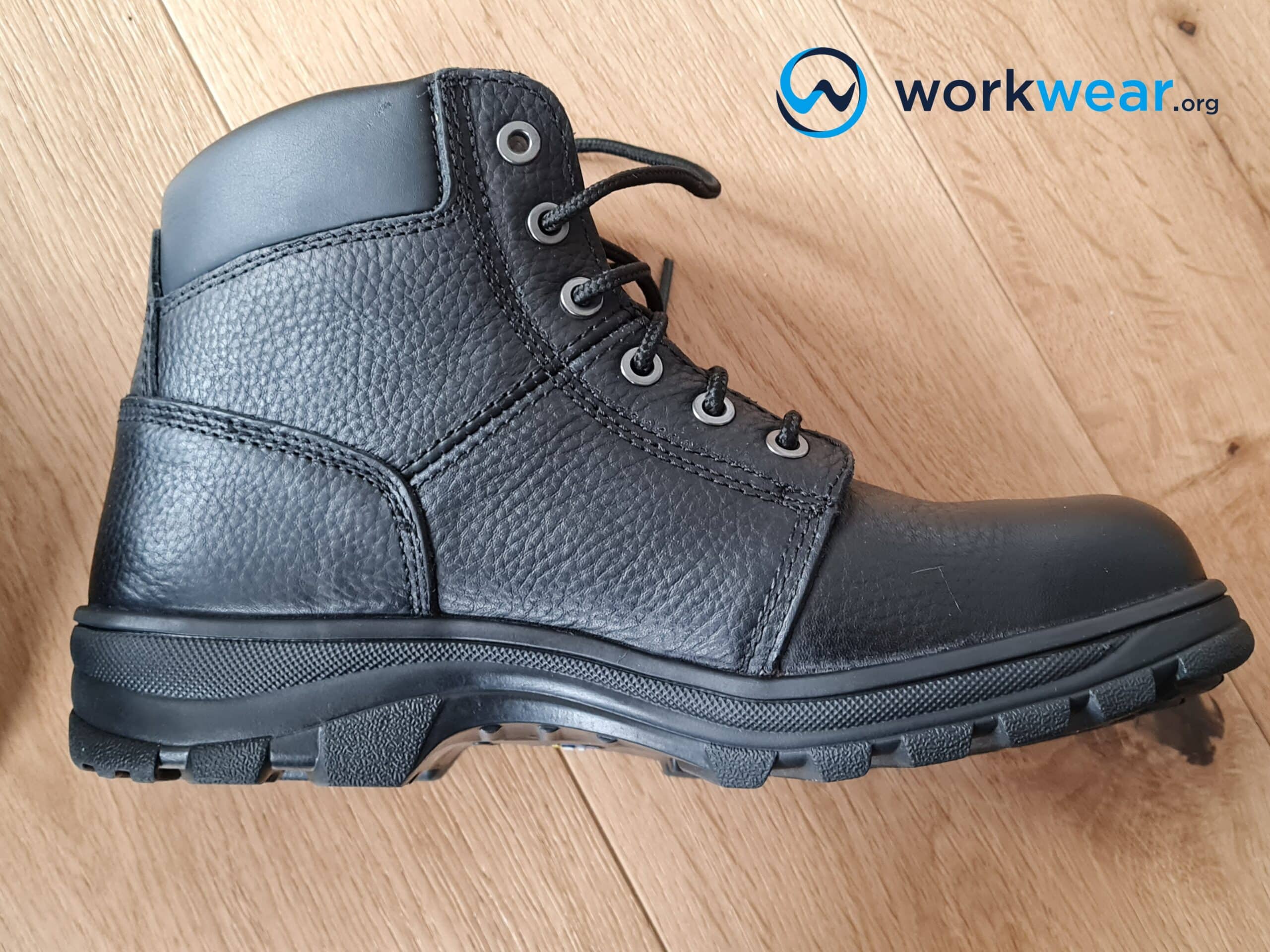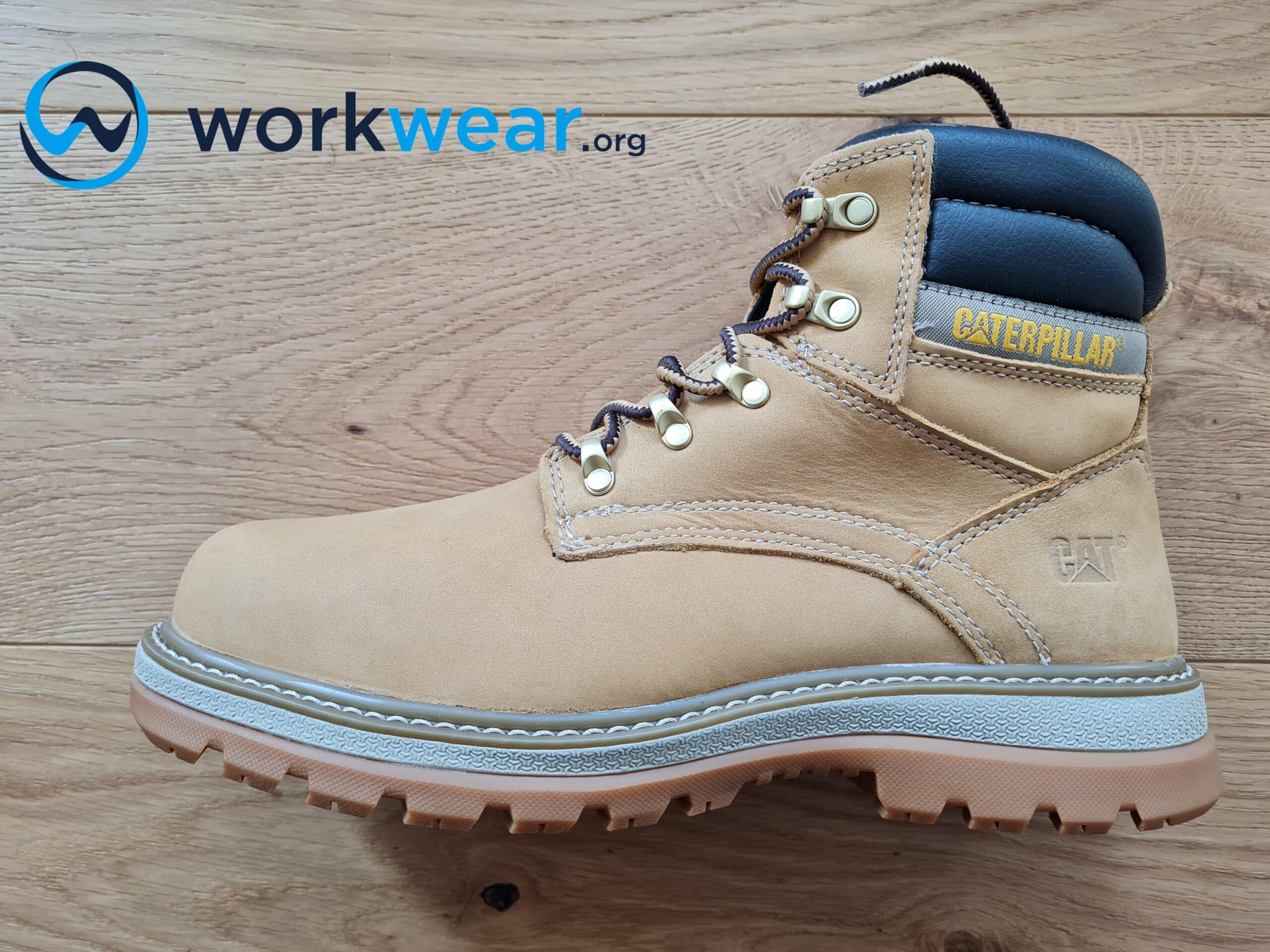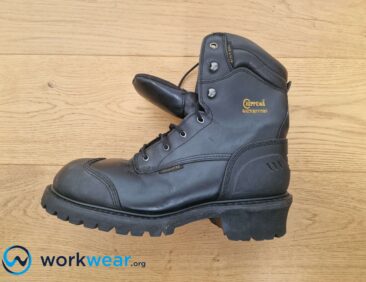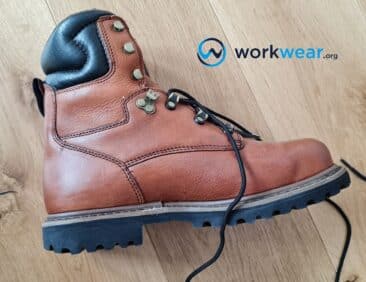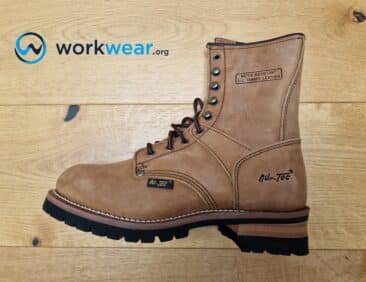Logger Boots vs Regular Work Boots
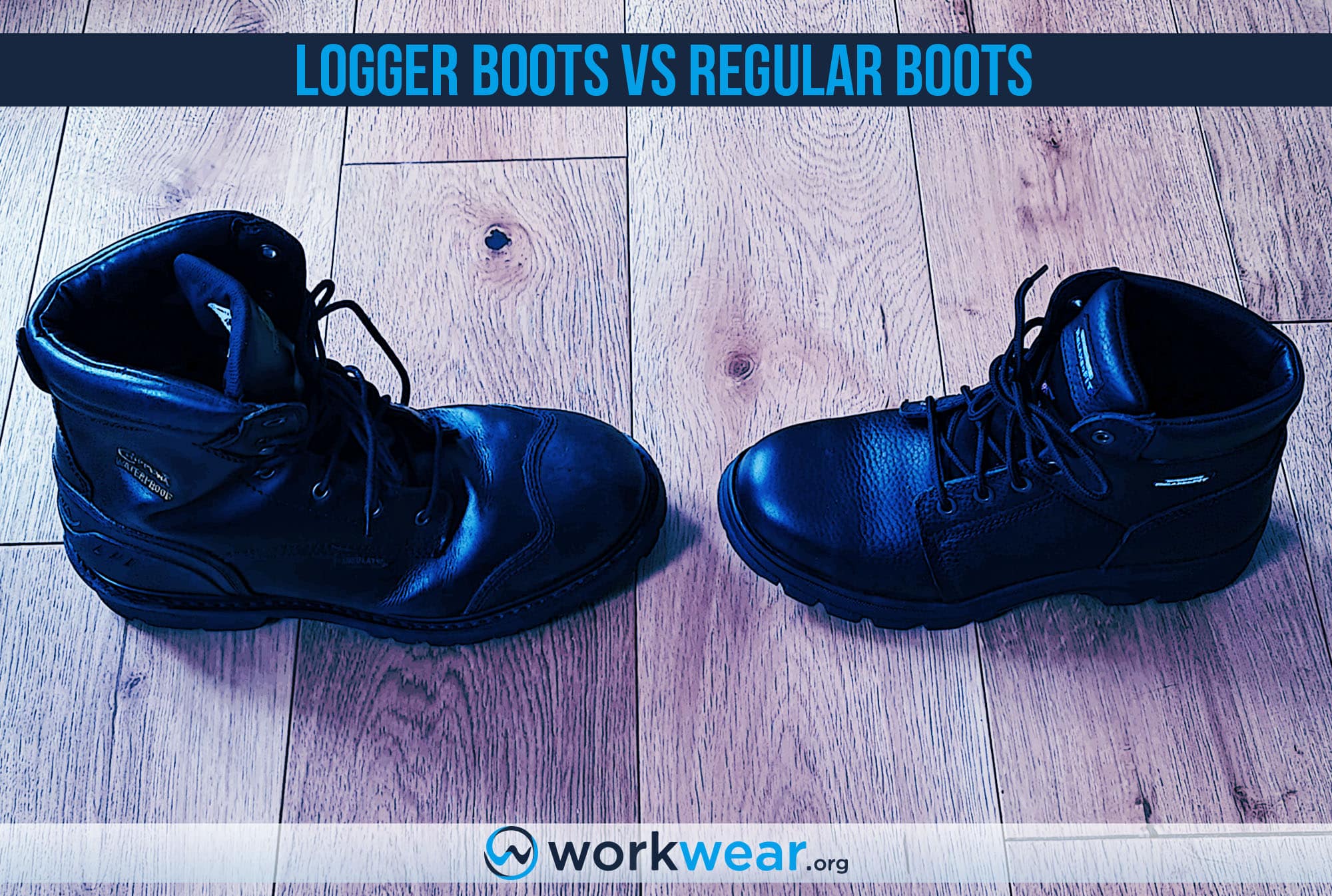
Logger boots are built to withstand the tough conditions that are regularly encountered by loggers. They’re designed for use in challenging outdoor worksites and are often waterproof, stopping mud and water from the ground from seeping in to keep the feet dry in wet or waterlogged areas. Regular work boots, on the other hand, offer high-performance use in indoor or outdoor settings (depending on the boots’ design). These boots can come with protective features to ensure continuous foot safety in different work environments without compromising comfort and function. Read on to see the differences between the two boot options and what benefits can be enjoyed with each style.
Logger Boots
Logger boots have a distinctive look that sets them apart from regular work boots. Aside from their heavy-duty structure, they also have thick soles with aggressive lugs that bite strongly into the ground. These powerful treads work with the raised heel to maintain a stable gait on tricky terrains that can be encountered outdoors. Most logger boots are waterproof, making them ideal for working in the rain or in exceptionally wet or muddy surroundings.
Pros
Tough Construction
Logger boots come with exceptionally solid structures that aren’t usually found in regular work boots. They’re made with sturdy materials that won’t easily get damaged even with heavy use, offering lasting performance in various demanding settings that loggers are often exposed to. The rugged construction delivers maximum coverage to keep the feet safe not only from wet elements but also from other safety hazards.
Safety Features
Some logger boots come with safety toes to prevent foot injuries from dangerous compression or impact coming from pieces of equipment, logs of wood, and other heavy objects that are lying around logging sites. There are logger boots that are fitted with metatarsal guards for increased protection from crushing injuries. Meanwhile, logger boots may also have uppers that resist chemical spills or blade cuts for superior foot protection.
Extended Coverage
Logger boots have tall profiles that offer extended coverage by going above the ankle area. The extended coverage helps stop wet elements from entering through the boot opening and prevents debris from getting in. Tall logger boots offer extra protection from injuries that can come from sharp or abrasive objects in the surrounding area.
Waterproof
Logger boots often have waterproof designs, enabling them to maintain comfortably dry feet in wet outdoor conditions. They can be used in muddy terrains, puddles of water, and in the rain while keeping the feet protected so they won’t easily get soaked. The liquid resistance may be in the form of waterproof leather that forms a protective barrier against wet elements or a waterproof bootie just inside the outer material that blocks water seepage even with continuous exposure to liquids.
Enhanced Stability
Logger boots showcase a heavy-duty sole with aggressive lugs that offer a high level of traction. These lugs bite strongly into the ground for increased stability when walking in rocky, slippery, or unstable ground conditions that can be expected around logging activities. Meanwhile, the raised heel helps maintain continued stability on tricky surfaces as it keeps the boot planted firmly on the ground, preventing slipping while navigating inclined or muddy surfaces.
Another logger boot component that offers enhanced stability is the snug-fitting ankle section. As this section secures the ankle in place, it won’t easily twist even when going over uneven or slippery terrains.
Cons
Not Versatile
Logger boots have aggressive profiles that are designed to tough it out in demanding environments. However, the extremely robust design isn’t suitable for less challenging settings. Logger boots’ soles will feel too thick and unwieldy when walking on indoor floors, while the bulky design may look out of place in office and social settings.
Heavy
It’s not surprising that logger boots are often heavy, given their exceptionally robust profile and powerfully lugged soles. The tall height also has a significant contribution to the total boot weight. The bulky design can cause discomfort after long hours of use as the considerable weight begins to push down on the feet.
Prone to Overheating
The tall structure of logger boots, coupled with their strong waterproofing, make them susceptible to overheating. The thick leather material doesn’t help with breathability since it doesn’t allow plenty of air to get in and circulate. These boots can become unbearably warm more quickly when used in humid or extremely warm conditions.
Uses of Logger Boots
Logger boots aren’t strictly for those who are working in the logging industry. They can also be maximized by jobs that have constant exposure to slippery or wet surroundings, such as farmers, ranchers, and fence crews. Logger boots are also popular for linemen and other professions that involve a lot of climbing up and down ladders, as the raised heel helps make these activities a lot safer.
Regular Work Boots
Regular work boots come in different styles but are mostly focused on offering continuous comfort and protection in different worksites without compromising mobility. Their materials keep the feet safe in different work surroundings without excessive bulk, so the boots are usually comfortable enough to be used for extended periods since they don’t weigh the feet down. Regular work boots’ designs are more versatile compared to logger boots, making them great for use not only on job sites but also in more laidback settings.
Pros
Comfortable and Flexible
Regular work boots are built with high-quality materials that protect the feet but don’t have the heavy-duty thickness that’s more often associated with logger boots. These work boots make it easier to move in a natural and comfortable way without anything hampering mobility. They’re made with fairly flexible components that move along with the steps, ensuring unrestricted movements while delivering the functionality that’s needed in various worksites.
Breathable
Most regular work boots come with moisture-wicking and breathable components that promote good ventilation. These features encourage continuous air circulation, keeping the interior feeling cool for hours for superior comfort. Even without breathable features, these work boots often aren’t as tall as logger boots, so the air can easily enter through the top.
Safety Enhancements
Work boots may come with a wide range of safety enhancements, delivering nonstop foot safety in different work environments. Some of these safety features include safety toes to shield the foot against hazardous impact and compression, electrical hazard protection, penetration-resistant soles, and water resistance. Not all work boots have all the safety enhancements mentioned above, though, so it’s best to keep in mind the work environment (and what it requires) when choosing appropriate work boots.
More Lightweight than Logger Boots
Normal work boots don’t have the extremely heavy-duty design of logger boots. Most of these work boots aren’t as tall as logger boots, so they retain a comfortable weight level and don’t feel unbearably bulky even after being used for prolonged periods. The soles of normal work boots provide strong traction but aren’t extremely thick, promoting stable walking on a variety of surfaces without adding considerable weight.
Versatile
Regular work boots often have styles that can be maximized in and out of the work area. The classic round toe silhouette fits in with different job sites, offering high-performance benefits while looking great at the same time. This style design can also be partnered with more formal or casual attire that can be used for work or leisure. Normal work boots can also be used in different job sites so that they can be conveniently used for a wide variety of tasks and environments.
Cons
Soles May Not Be as Durable as Logger Boots
The soles of regular work boots aren’t as thick and aggressively lugged as those fitted into logger boots. Depending on how they’re built, the normal work boots’ soles may not last be as strong or long-lasting as the ones on logger boots.
Unsuitable For Extremely Harsh Conditions
Most regular work boots don’t have the heavy-duty construction and enhanced safety features of logger boots, so they are often not suitable for extremely harsh job sites.
Uses of Regular Work Boots
Depending on the specific product’s features, regular work boots can be used in a wide variety of jobs and worksites. Some of these boots have versatile designs that can be enjoyed in non-work settings.
Comparison Table
| Boot Type |
Pros |
Cons |
|---|---|---|
| Logger Boots |
|
|
| Regular Work Boots |
|
|
Conclusion
Logger boots and regular work boots have their own set of outstanding features which can be maximized in different settings and for various jobs. Logger boots are constructed to withstand challenging outdoor environments and promote continuous foot safety in extremely wet or slippery ground conditions. On the other hand, regular work boots cater to a wide variety of job sites and activities and may even be versatile enough to be maximized in more casual surroundings.
678+
Products Reviewed
24+ Years
Combined Experience
500+ Hrs
Field Testing
